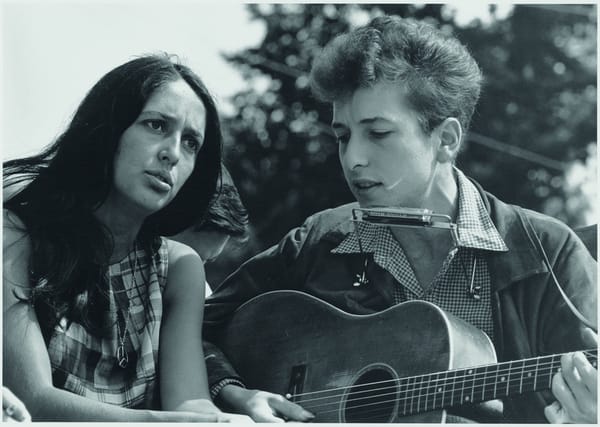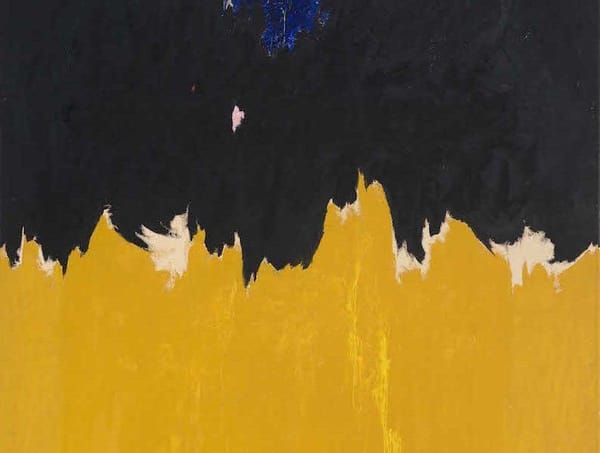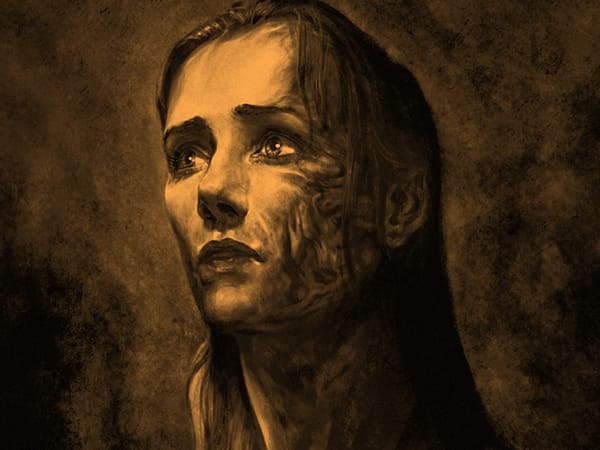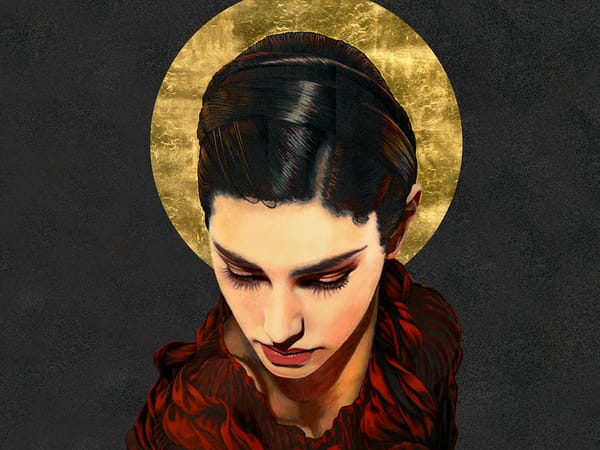International dance championships
Entering the glamorous world of competitive dance at the Royal Albert Hall

What is it about ballroom dancing that so enthrals us? The public’s fascination with ballroom dancing began years ago in Hollywood, with Fred Astaire and Ginger Rogers lighting up the silver screen. And as the wild success of TV programs like Strictly Come Dancing and Dancing With The Stars shows, its glamour and beauty has captured our imagination ever since. Is it the beauty of the figures danced in tandem? The delight of seeing movement and music perfectly aligned? Or even the dazzling costumes that the dancers wear?
Whatever it is, the craze for ballroom dancing has spread over the globe. I myself am no stranger to its charms, having started dancing at Imperial on a whim in first year. One thing led to another, and before I knew it I had five pairs of dance shoes and was spending most evenings a week practicing in the JCR! Incidentally, one of Imperial’s best-kept secrets is the second life the JCR takes on after dark. The tables are pushed aside, the floor swept clean of the day’s dust, and dancing couples trace figures across the room till security comes to chase them away.
Once a year for the last 64 years, the best ballroom dancers from around the world gather to vie for the honour of being crowned World Champion
For those unfamiliar with dancesport, there are two broad styles of ballroom dance: Standard and Latin, with five dances in each style. Standard (slow waltz, tango, quickstep, foxtrot and Viennese waltz) is characterised by elegant sweeping steps danced in closed hold across the dance floor, whereas Latin (cha-cha, jive, samba, rumba, paso doble) is known more for its sensuality and energy. As the two styles are quite different, each style is judged separately in competitions, and couples – especially at the professional level – often choose to specialise in one style or the other.
One of the most important events in competitive dancesport was held at the Royal Albert Hall a fortnight ago. Once a year for the last 64 years, the best ballroom dancers from around the world gather to vie for the honour of being crowned World Champion. I had secured my tickets before summer, and was immensely excited to be attending the International Championships live for the first time! Anyone familiar with competitive dancesport would have heard of the superstars competing in the championships such as Riccardo Cocchi and Yulia Zagoruychenko, or Victor Fung and Anastasia Muravyova. Naturally, the judges of these amazing dancers would have to be even more illustrious – one of my personal idols, Donnie Burns (who held the World Professional Latin title for 14 years), was on the judging panel, as were many other renowned dancers who had moved to judging and teaching after their competitive heyday. I was quite star-struck to be in such close proximity to these legends, seeing them live and even breathing the same air.
Yes, one would almost have envied the RAH floor, such was the number of incredible dancers that graced it that evening. But for me there was one couple that really mattered. Marika Doshoris and Gunnar Gunnarsson, representing the United Kingdom in the Latin Professional Championships! Amazingly enough, Marika is the Latin coach at IC Dance Club; it is quite an honour to have been taught by her since I was a beginner in first year. The Marika we see at regular dance practice is an incredible dancer, but to see her dancing competitively was truly something else. Small wonder, then, that IC Dance team members were out in full force to support her at the Internationals. It was rather amusing to hear our enthusiastic roars of “Marika! Gunnar!” resound through the Royal Albert Hall despite the stares from the more sedate and proper audience members.
In addition to the professional category, the International Championships also include a second category for amateurs. This refers to dancers who do not dance full-time and teach professionally for a living. While professional ballroom dancers, the sort one sees on Strictly, often begin dancing at the ridiculously early ages of five or six, the amateur category encompasses those who might pick up ballroom dancing later on in life or who cannot do it as a full-time commitment. This would include students who started ballroom dancing at university, like myself and many other members of IC Dance. In fact, two couples from the IC Dance Team went to the early rounds of the amateur Internationals! Unlike the professional dancers who seemed as unreachable as distant stars, the competitors in these amateur rounds reminded me of what I as a student dancer might still hope to achieve.

The World Championships traditionally concludes with the jive of the final Latin round, it being the fastest, most upbeat and energetic dance. But the mood after the final jive took a sombre turn this year. Maurizio Vescovo, one of the most well-known Latin dancers from across the pond, announced his official retirement from competitive dancing in an emotional letter addressed to the dancesport community. Having seen him first in videos and then live during Internationals, I felt the floor would not be the same without his presence. He was a unique character, with a playful, interactive style that contrasted with the classic Latin dancers around him. Though opinion on him may be divided, there is no question that he managed to define a strong personal style that stood out on the dance floor. And this is something that I feel is important, especially in ballroom dancing. With all the strict rules in this form of dance (Feet turned out! Lift that hip higher!) it is all too easy to forget that dance remains intrinsically a form of expression. I like to think of ballroom dancing as one would think of a sonnet. Despite the fixed structure, it is within these confines – or even using these confines – that one finds the freedom to be oneself.
And the results of the Championships? Marika and Gunnar were ranked in the top ten in the world – no mean feat! Riccardo and Yulia won the World Professional Latin Championships for the 3rd time, while Victor and Anastasia were crowned World Professional Ballroom Champions for the first time. Yet these results fall flat on paper. How can one describe the flashes of Yulia’s exquisite footwork, or the way Victor and Anastasia swept gracefully across the floor? Watching them, I was reminded once again of the magic behind why I, along with so many other people, love ballroom dancing. *For those wanting to give ballroom dancing a whirl, IC Dance can be contacted at dance@imperial.ac.uk or through the Imperial College Dance Club FB page.









